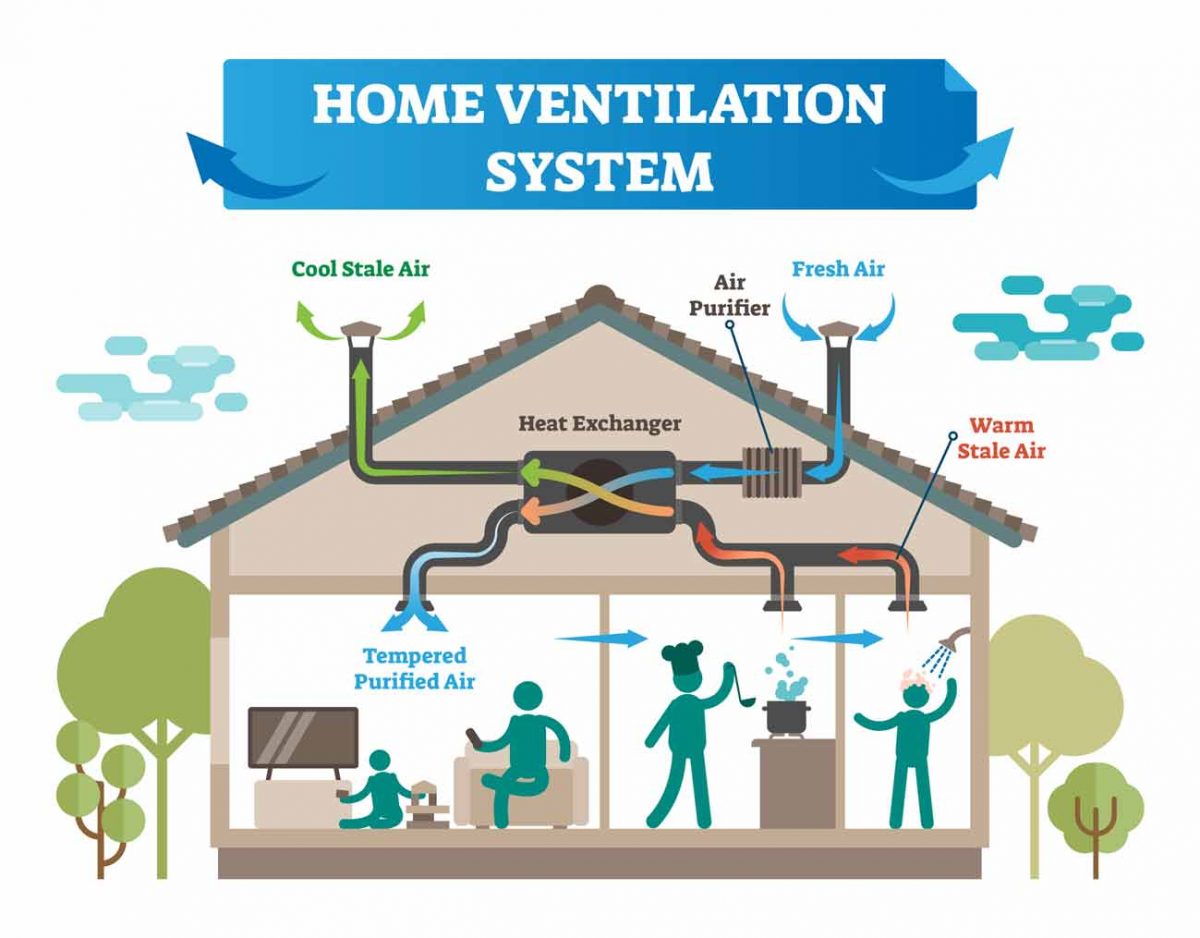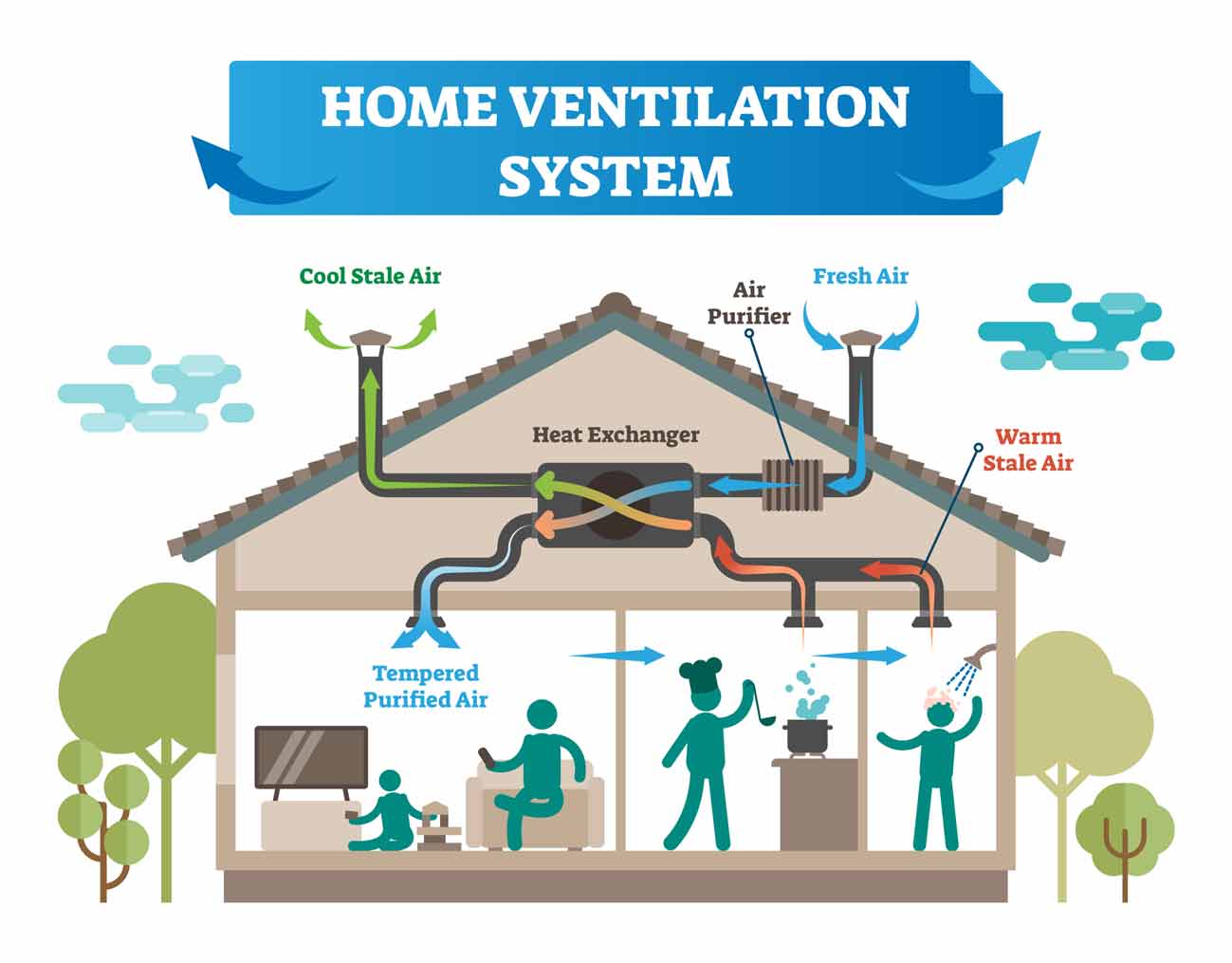trixP
Active member
So I live in a hot n freezing fluctuating climate yesterday 0 today feels like -17
Some days my exhaust fan “ smokes “ condensates when the hot air hits the cold air outside….. sometimes it’s quite visible
Anyone have any tricks or tips to aid in keeping my exhaust stealth ???
Was thinking of making this sorta drop box so my exhaust pipe has a foot n a half of cold air to do its thing instead of the hot air hitting the cold right away……… see picture
Any advice appreciated specially if I’m going to hook up 2 tents on this exhaust ( possibly )
Some days my exhaust fan “ smokes “ condensates when the hot air hits the cold air outside….. sometimes it’s quite visible
Anyone have any tricks or tips to aid in keeping my exhaust stealth ???
Was thinking of making this sorta drop box so my exhaust pipe has a foot n a half of cold air to do its thing instead of the hot air hitting the cold right away……… see picture
Any advice appreciated specially if I’m going to hook up 2 tents on this exhaust ( possibly )





